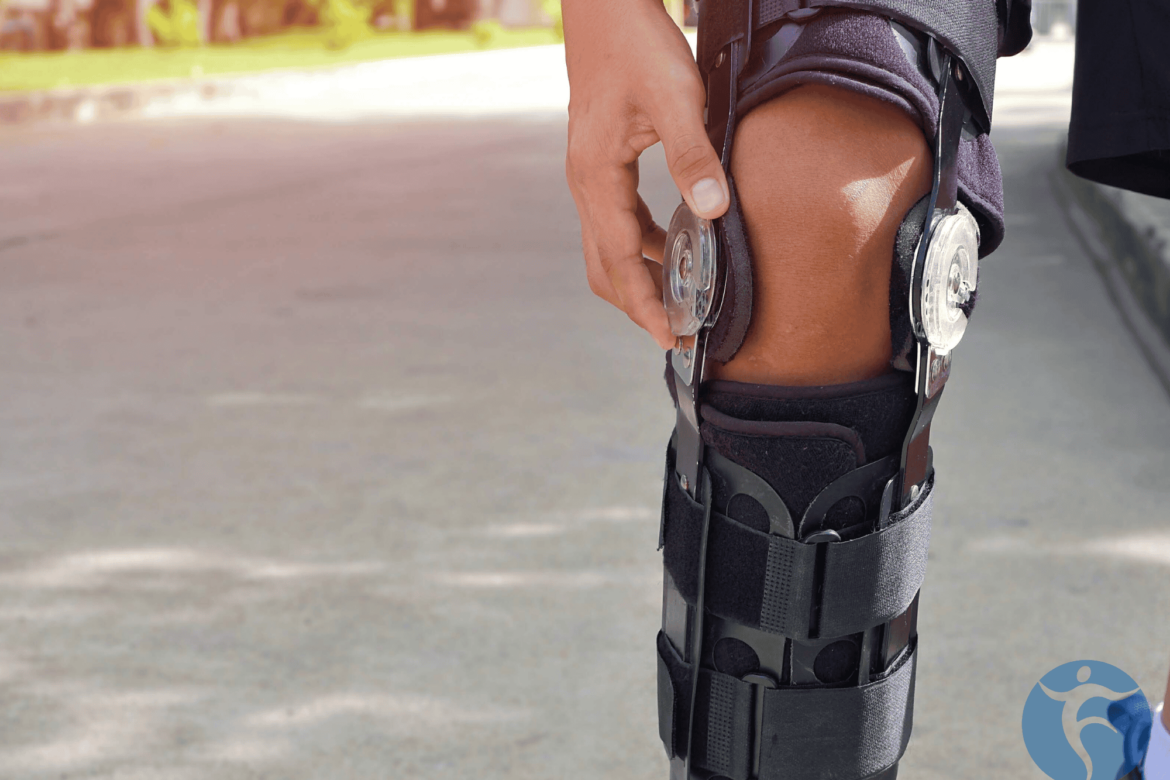Tissue Healing Times
When you get injured, one of the first questions you might ask is “so how long is this going to take?” It is a common question our therapists are asked on a daily basis. So, let’s talk about setting some realistic expectations for your recovery timeline. Learn more about which factors that can slow healing to help promote quick improvements in function while keeling you motivated to regain your freedom! Learn more about natural tissue healing times.
Factors Slowing Healing
-
Age – something we cannot control, but as we age, the rate of tissue repair generated by the building cells in our bodies naturally slows, and we expect return to full function to take longer
-
Blood flow – lack of blood flow can create a hypoxic environment, or one lacking blood flow, which contributes to muscle soreness and slowed healing as the building cells are delayed in reaching the target tissues in need of repair
-
Uncontrolled Diabetes – high blood sugar levels thicken our blood and make it harder for the appropriate cells to make it to the injured tissue to start the healing process
-
Smoking – smoking disrupts our regular healing process because it interferes with normal blood flow and as stated above, without blood flow, healing cannot occur
-
Ibuprofen Use – if you have a fractured bone, ibuprofen actually impedes bone growth and should be limited in early fracture healing
-
Stress – stress can contribute to delayed healing as it upregulates our central nervous system fight and flight response which stalls our body’s ability to relax and repair damaged tissue
The Healing Process
-
-
Bleeding Phase
If vessels, bones, or muscles are disrupted, the body will initially generate a bleeding response to the trauma the tissue endured Time in Phase: up to 24 hours post-injury
-
2. Inflammatory Phase
You will begin to experience swelling as blood flow is restored to the injured tissue with initiation of white blood cells working to clean up the environment of the injury
Time in Phase: 1-3 days minimum, can last up to 2-3 weeks
3. Proliferation Phase
New cells start to grow and get laid down in the area of injury and new blood routes are generated to feed these new cells and help them grow
Time in Phase: 2-3 weeks
4. Remodeling Phase
The cells that were laid down in the proliferation phase start to remodel into the appropriate tissue for the area in an organized “scar”
Time in Phase: 6-12 months
Rehabilitation Phases (non-operative)
Acute Phase
PT Emphasis: pain free range of motion, relative rest, ice, compression, and elevation as needed
PT Goal: decrease pain
Time in Phase: 1-10 days
Subacute Phase
PT Emphasis: pain free full range of motion, initiation of strength training
PT Goal: limit further muscle atrophy
Time in Phase: 3-21 days
Remodeling Phase
PT Emphasis: stretching, strengthening
PT Goal: avoid decreased flexibility, prevent re-injury
Time in Phase: 1-6 weeks
Functional Phase
PT Emphasis: increase strength, endurance, speed, agility, flexibility, and proprioception; emphasize sport and task-specific training
PT Goal: return to sport without re-injury
Time in Phase: 2 weeks-6 months
Return to Competition
PT Emphasis: progressive agility; sport and task-specific training
PT Goal: full range, strength, coordination, and psychological readiness
Time in Phase: 3 weeks-6 months

